

➡️ www.cell.com/cell-genomic...

Funded by @asapresearch.parkinsonsroadmap.org
www.cell.com/cell-genomic...
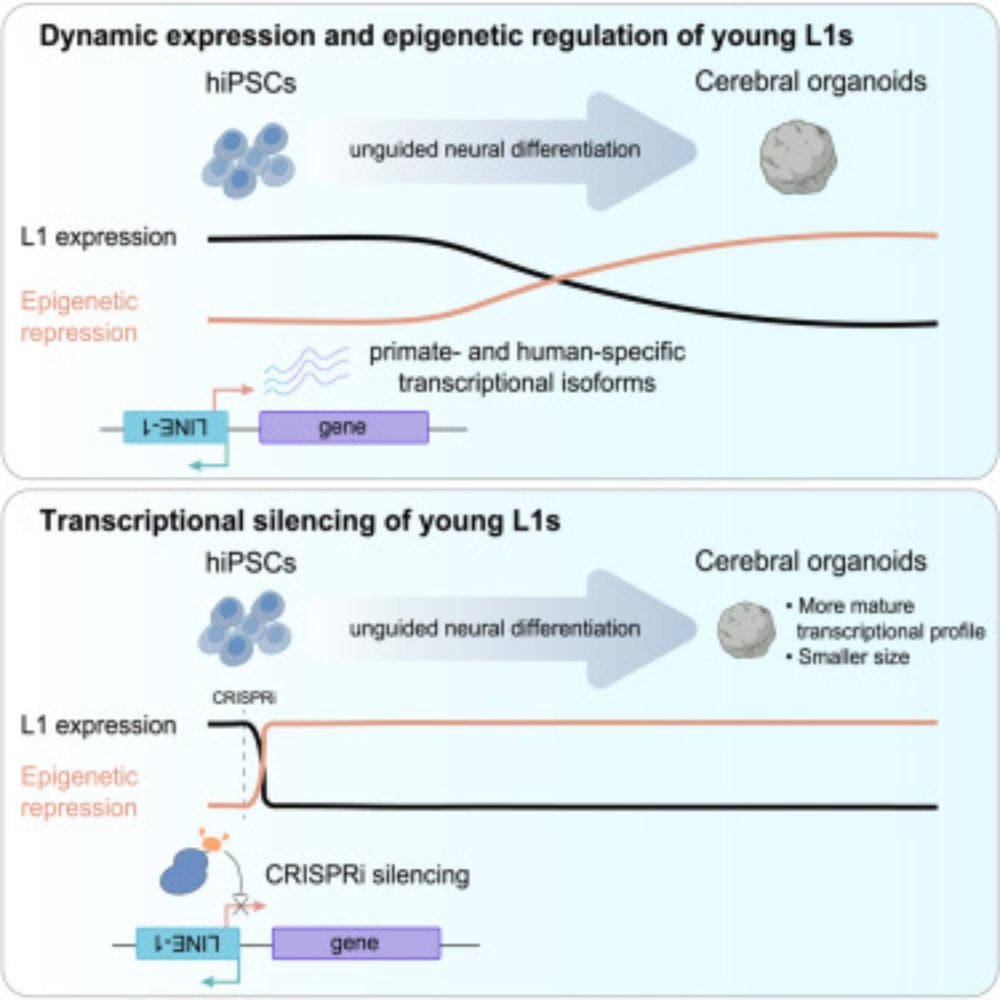
Funded by @asapresearch.parkinsonsroadmap.org
www.cell.com/cell-genomic...
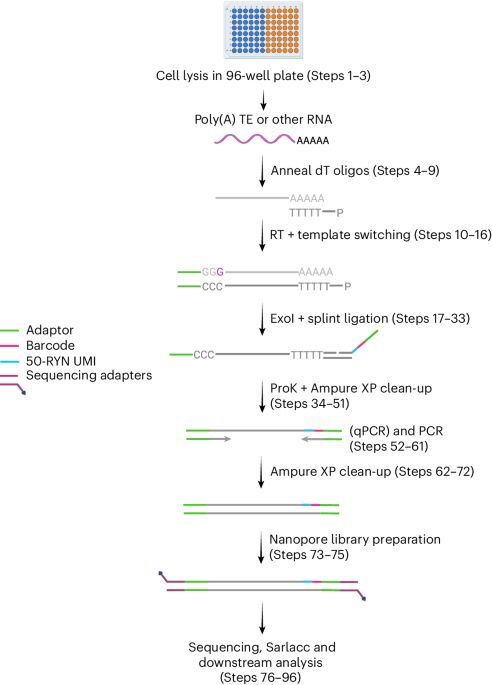
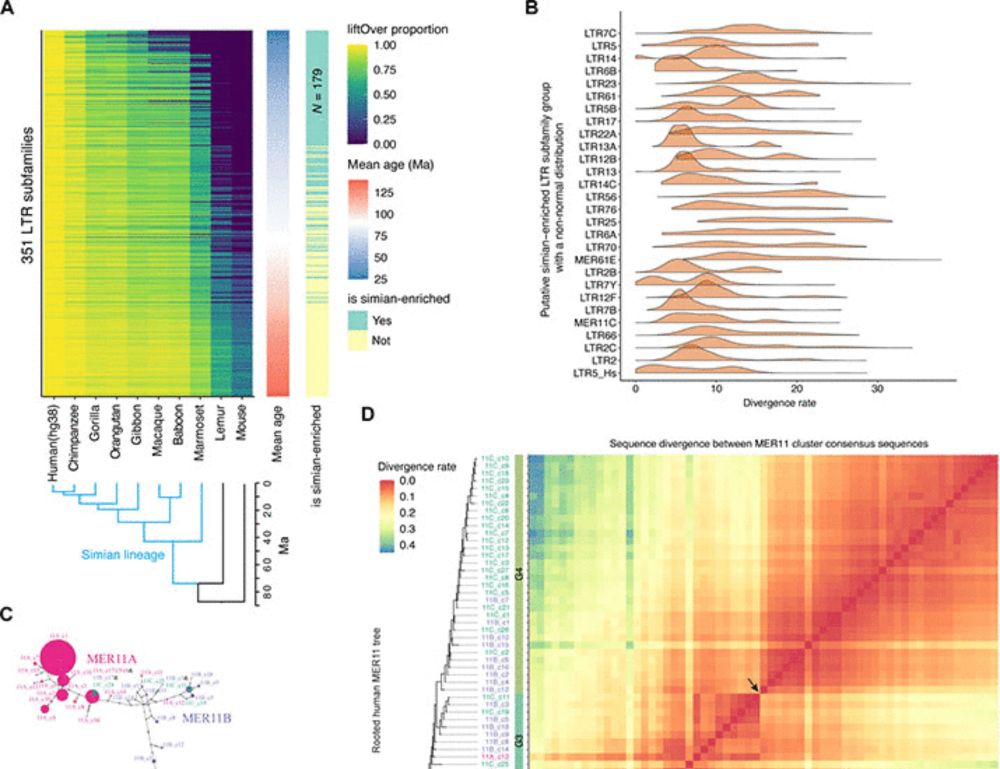
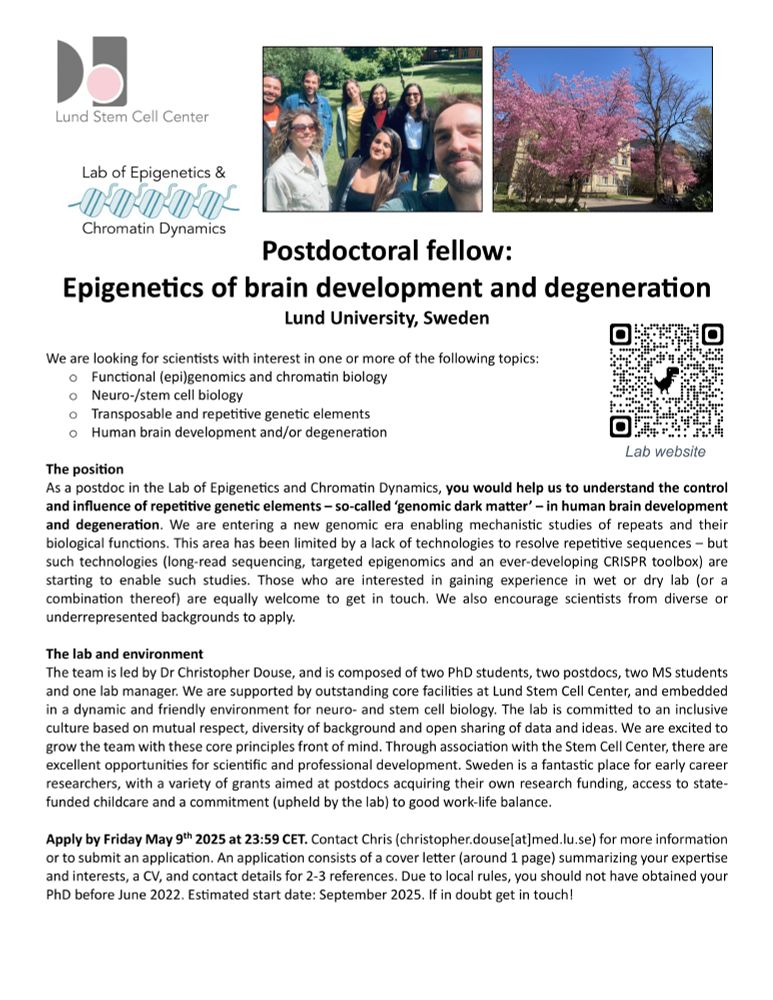
Loss of H3K9me3 maintenance in human neural progenitor cells leads to transcriptional activation of L1 retrotransposons
www.biorxiv.org/content/10.1...

Loss of H3K9me3 maintenance in human neural progenitor cells leads to transcriptional activation of L1 retrotransposons
www.biorxiv.org/content/10.1...


authors.elsevier.com/c/1kjdaL7PXu...
How to tame a genome invader? It takes wild koalas 🐨🐨 to learn it.
#Retrovirus #koala #piRNA
More below 👇
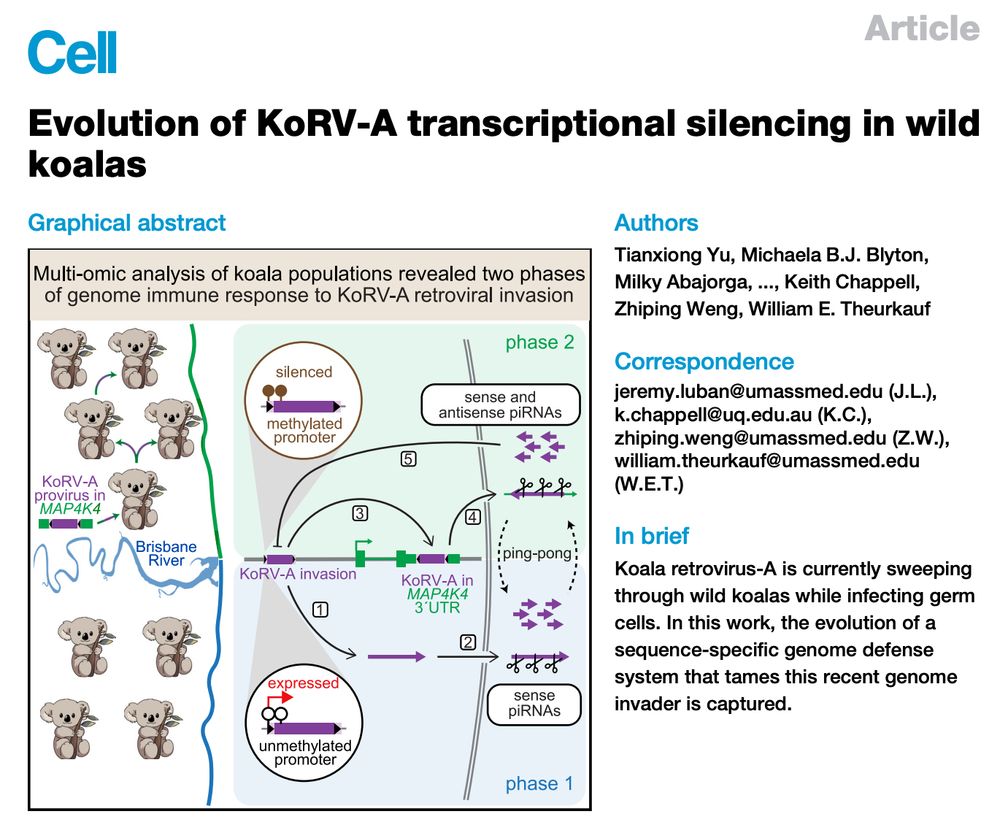
authors.elsevier.com/c/1kjdaL7PXu...
How to tame a genome invader? It takes wild koalas 🐨🐨 to learn it.
#Retrovirus #koala #piRNA
More below 👇
www.biorxiv.org/content/10.1...
#TEsky

www.biorxiv.org/content/10.1...
#TEsky
Please spread the word.
Please spread the word.
#TEsky #CRISPR #L1 #development #epigenetics
This work was led by @anitaada.bsky.social, @raquelgarza.bsky.social and @jakobssonlab.bsky.social from the Jakobsson Lab.
www.biorxiv.org/content/10.1...

#TEsky #CRISPR #L1 #development #epigenetics
This work was led by @anitaada.bsky.social, @raquelgarza.bsky.social and @jakobssonlab.bsky.social from the Jakobsson Lab.
www.biorxiv.org/content/10.1...

This work was led by @anitaada.bsky.social, @raquelgarza.bsky.social and @jakobssonlab.bsky.social from the Jakobsson Lab.
www.biorxiv.org/content/10.1...

This work was led by @anitaada.bsky.social, @raquelgarza.bsky.social and @jakobssonlab.bsky.social from the Jakobsson Lab.
www.biorxiv.org/content/10.1...
LINE-1 retrotransposons regulate the exit of human pluripotency and early brain development
www.biorxiv.org/content/10.1...

LINE-1 retrotransposons regulate the exit of human pluripotency and early brain development
www.biorxiv.org/content/10.1...

www.lunduniversity.lu.se/article/52-m...
www.lunduniversity.lu.se/article/52-m...

academic.oup.com/nar/advance-...

academic.oup.com/nar/advance-...
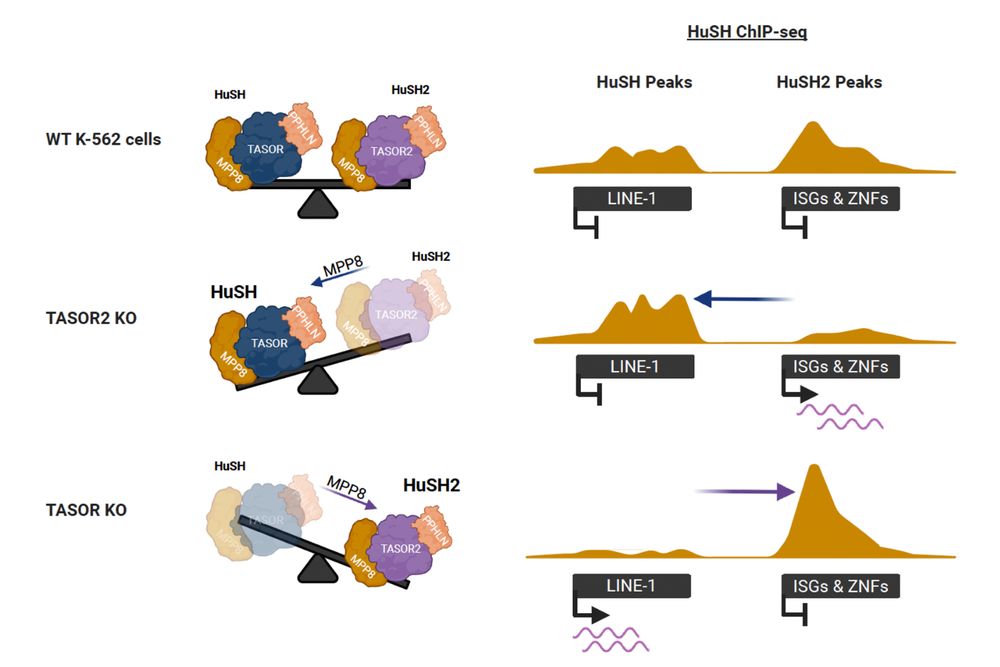
@jakobssonlab.bsky.social @vivienhorvath.bsky.social
#TEworldwide #Transposons #XDP #NSMB
+ the volume has the cutest cover 🦔
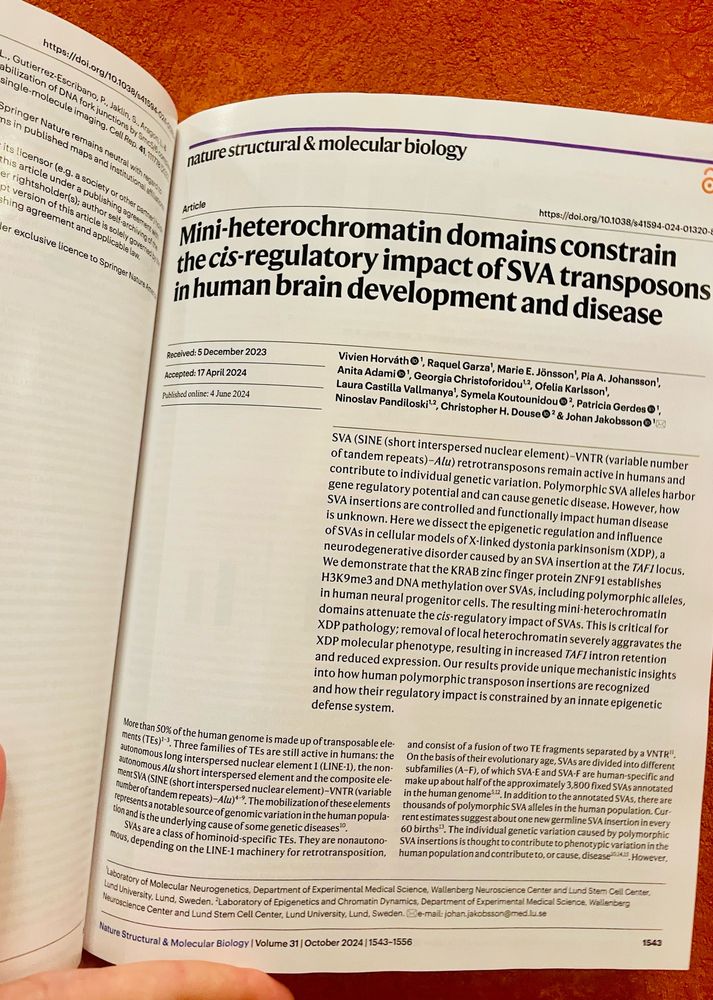
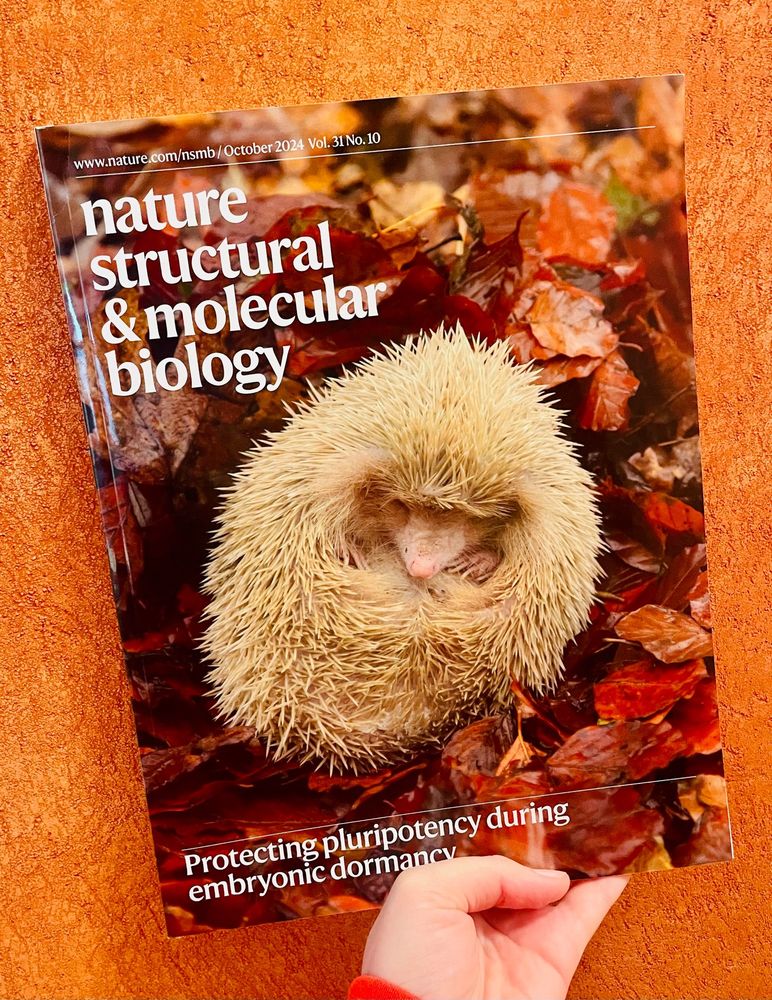
@jakobssonlab.bsky.social @vivienhorvath.bsky.social
#TEworldwide #Transposons #XDP #NSMB
+ the volume has the cutest cover 🦔
www.embl.org/about/info/c...

www.embl.org/about/info/c...
That kindness is always going to be appreciated by creators, but if you want to help to boost something here, you have to repost it so others see it. 🙂
That kindness is always going to be appreciated by creators, but if you want to help to boost something here, you have to repost it so others see it. 🙂

